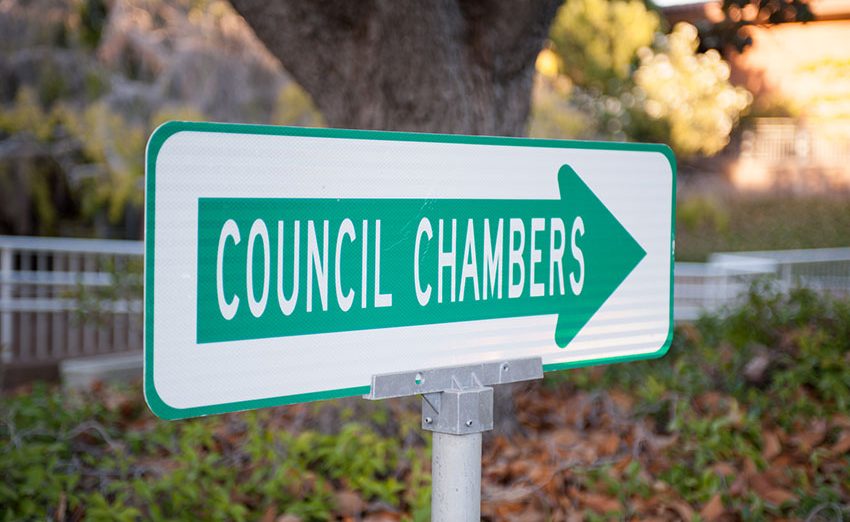In 2009 State Controller John Chiang launched an audit of 18 California RDAs – Santa Clara wasn’t on that list, but Fremont, Hercules, Pittsburg, Richmond and San Jose were. On March 7, he issued his report.
Perhaps the most surprising information – considering we’re talking about what proponents call California’s most important community and economic development program – is the absence of hard data about RDA benefits. “…redevelopment agencies do not have a consistent methodology to capture accurate and reliable data regarding the number of jobs created or retained as a result of redevelopment activities,” Chaing says.
The reason, California Redevelopment Association (CRA) executive director John Shirey told the LA Times in January, is that these analyses are “complicated and cost a lot of money.” The CRA, however, spent $1.3 million last year on “legislative relations” – which includes the largest share of the organization’s salary expense ($231,000).
Surely here in Santa Clara, where much redevelopment has been greenfield projects, where it seems intuitive that acres of eye- and business-pleasing development on the north side must be making a positive difference – surely we have measured redevelopment’s benefits?
It seems not – something that is truly surprising considering that the benefits of redevelopment are recited like a creed in Santa Clara. Hard numbers aren’t found on City or Chamber of Commerce websites. It’s not in the many memorandums presented at City Council meetings since Governor Brown dropped his bombshell about closing down the RDAs. It’s not in the mountains of reports and analysis about the proposed 49ers stadium.
And that’s unfortunate, because now the city stands to lose a tool it has used effectively for community and business development.
The Public Policy Institute’s 1998 study of RDA returns (the only such study) found that the RDA projects that increase tax revenue most quickly are those on partly vacant land – which is characteristic of Santa Clara’s small number of RDA projects. Certainly, the visual differences between Santa Clara’s Northside high tech corridor around the convention center and the shabbiness of neighboring Sunnyvale’s north of 101 gives strength to redevelopment’s supporters.
Santa Clara has always prided itself on its foresight. Real foresight would take the bull by the horns on this issue, and compile the data to unambigously prove what is said so easily and often. Maybe it’s “hard” and “costs money.” But the alternative will also be hard and possibly cost even more money.
For information about Santa Clara’s RDA, visit santaclaraca.gov/index.aspx?page=218 or call (408) 615-2210.
Controller’s Review Finds RDA Funds Misuse
In addition to finding no data about jobs or other benefits accruing from RDA projects, State Controller John Chiang’s review found plenty to raise questions. For example, annual RDA financial reports were often poorly prepared or non-existent, according to the report, and RDAs vary significantly in how they calculate indebtedness. In addition, the report found:
Under current standards, “blight” rife for redevelopment is anything the RDA says it is. For example, Coronado’s RDA project area includes all privately owned property within the city’s limits, including multi-million dollar homes and oceanfront properties. In another questionable definition of blight, Palm Desert’s RDA allocated $16.7 million on projects for the four-star Willow Golf Resort, including greens renovation and a new hotel.
5 of 18 RDAs didn’t pay required funds – totaling $33.6 million – into the Supplemental Educational Augmentation Fund (SERAF); forcing California’s general fund to make up the difference to meet minimum funding levels.
At least 6 RDAs made iimpermissible charges to low and middle income housing funds (LMIHFs). Los Angeles charged $883,000 in county administrative fees. Parlier charged real estate costs for a city-run daycare center. Hercules made $38,400 in lobbyist payments and charged $19,200 for code enforcement. Desert Hot Springs charged the fund $162,600 for code enforcement.
Most RDAs had questionable charges, typically compensation of elected officials and city staff. Pittsburgh charged $3 million for unspecified city services, and made a $16.6 million undocumented loan. San Jose charged 25% of the salary and fringe benefits for the mayor, city council, and 40 staff members, and arbitrarily charged back indirect RDA project costs at 147.26% .
You can download the Controller’s full report at www.sco.ca.gov/Press-Releases/2011/03-2011_RDA_Review.pdf.



